African Art has a rich and diverse history that spans across the continent, representing the various cultures, beliefs, and histories of African people. This artistic heritage has manifested in various forms such as sculptures, paintings, textiles, and architecture, and is characterized by its uniqueness, often imbued with deep symbolism and cultural significance. As the continent has modernized, African Art has evolved, adapting to contemporary contexts and mediums.
Parallel to the growth and development of African Art, the film industry in Africa has also undergone a significant transformation. The rise of African cinema can be attributed to the pioneering work of filmmakers who sought to tell authentic African stories through the visual medium. African cinema has since emerged as an important cultural force, representing the diverse voices of the continent and providing a platform for African artists to showcase their talent.
Given the rich history of African Art and the burgeoning film industry on the continent, it is essential to study the intersection of these two cultural phenomena. By understanding the relationship between African Art and the film industry, we can gain valuable insights into cultural representation, identity, and the role that film plays in promoting African Art on the global stage. This essay will delve into the ways in which African Art and the film industry intersect, focusing on their influence on each other, the challenges and opportunities that arise from this relationship, and the potential for future growth and collaboration.
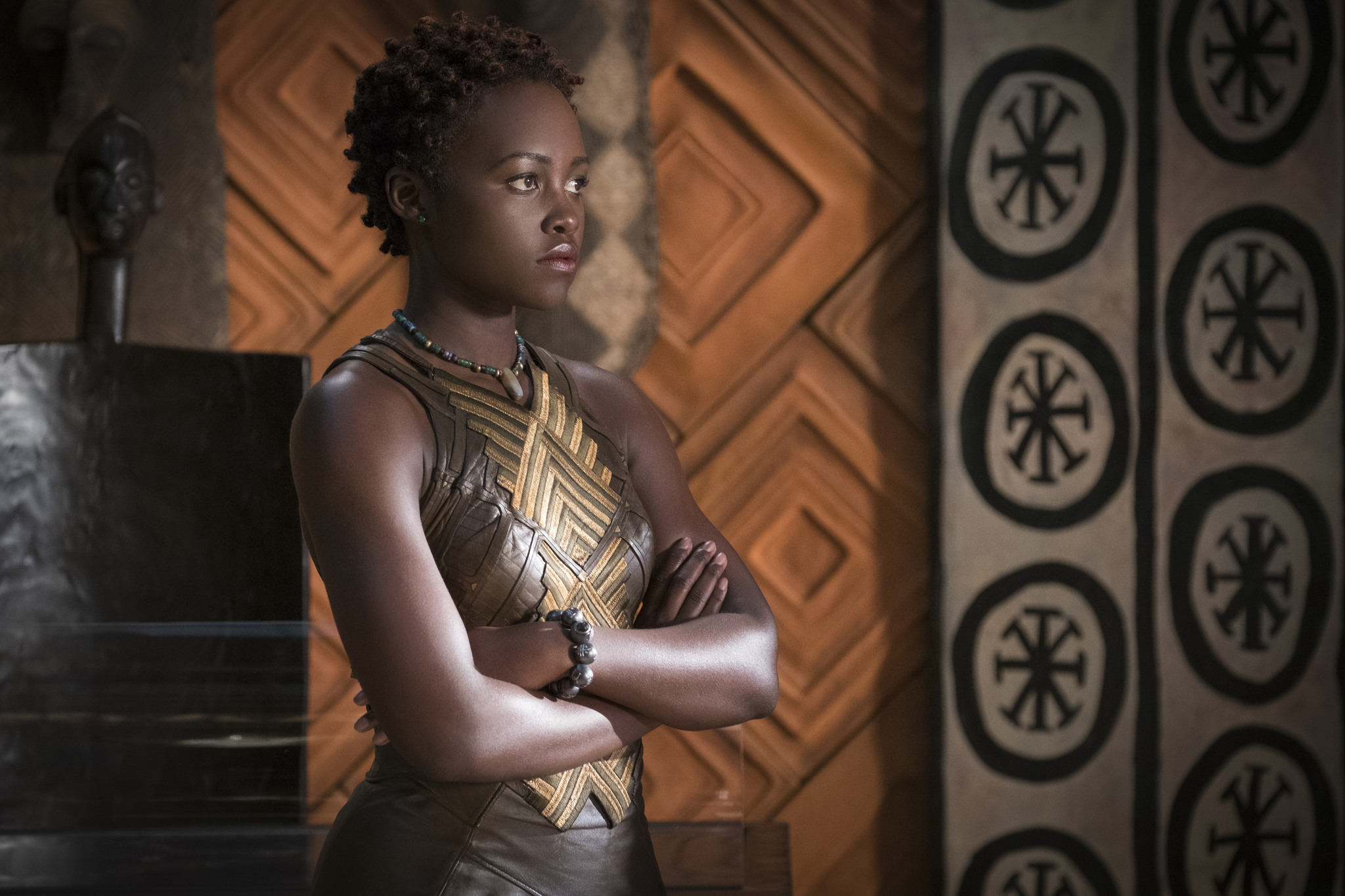
A. The influence of African Art on the visual aesthetics of African cinema
African Art has had a significant impact on the visual aesthetics of African cinema, as filmmakers often draw upon traditional motifs, symbols, and colors in their work. This allows African films to reflect their cultural roots and provide a unique and authentic visual experience for audiences. For instance, the vibrant colors and patterns found in African textiles, such as kente cloth and mud cloth, have been featured in films like “Black Panther” (2018) and “Queen of Katwe” (2016), creating a visually captivating and culturally relevant cinematic experience.
In addition to costumes, African Art has also influenced the set design and makeup in African films. The incorporation of traditional African artistic styles, such as sculptures and paintings, into film sets adds depth and meaning to the visual narrative. A notable example is the film “Yeelen” (1987) directed by Souleymane Cissé, which showcases traditional Malian architecture and art, including the famous Djenné Mosque.
B. African Art as a thematic and narrative inspiration in filmmaking
Beyond the visual aesthetics, African Art also serves as a source of thematic and narrative inspiration for filmmakers. African cinema frequently explores socio-cultural and historical themes, and the rich artistic heritage of the continent provides a wealth of material for storytelling. Filmmakers often utilize African Art to delve into these themes, using the artistic expressions to tell unique and compelling stories.
One such case study is the film “Kirikou and the Sorceress” (1998), directed by Michel Ocelot. This animated film draws from West African folklore and artistic traditions to tell the story of Kirikou, a small boy who must save his village from an evil sorceress. The film’s striking visual style, inspired by African Art, brings the story to life and immerses the audience in a world steeped in African culture.
C. The role of the film industry in preserving and promoting African Art
The film industry has played a crucial role in preserving and promoting African Art, both within the continent and globally. Documentaries about African artists and their work, such as “Sembène!” (2015), which chronicles the life and career of Senegalese filmmaker Ousmane Sembène, serve to educate
audiences about the contributions and impact of African artists. By showcasing their artistic journeys and creations, these documentaries help to preserve the legacy of African Art and ensure that future generations can appreciate and learn from these cultural treasures.
Biopics and fictional films that celebrate the lives and contributions of African artists also serve to promote African Art. An example is the film “Chéri Samba: The Great Master” (2018), which tells the story of the renowned Congolese painter Chéri Samba. By bringing the artist’s life and work to the big screen, the film introduces audiences to the world of African Art and encourages an appreciation for the continent’s creative talents.
Film festivals and awards also play an essential role in showcasing African Art and talent. Events such as the Pan African Film Festival, the Durban International Film Festival, and the Africa Movie Academy Awards provide platforms for African filmmakers and artists to present their work to local and international audiences. These festivals and awards not only celebrate the achievements of African artists but also serve to raise the global profile of African Art and cinema.
D. Challenges and opportunities in merging African Art and the film industry
As the relationship between African Art and the film industry continues to evolve, challenges and opportunities arise that must be addressed to ensure a fruitful partnership. One such challenge is the issue of cultural appropriation and misrepresentation. It is essential for filmmakers to engage with African artists and communities to ensure that cultural expressions are accurately and respectfully represented on screen.
Collaboration between African artists and filmmakers presents a unique opportunity to merge the worlds of African Art and cinema in innovative and meaningful ways. By working together, artists and filmmakers can create visually stunning and thematically rich films that showcase the breadth and depth of African artistic expression.
Strategies for enhancing the global recognition and appreciation of African Art and cinema include leveraging technological advancements and fostering international partnerships. Digital platforms, such as streaming services and social media, can be used to promote African films and artists to a wider audience. Additionally, partnerships with international film institutions and investors can help to provide the resources necessary for African filmmakers to create groundbreaking work that elevates the profile of African Art and cinema worldwide.
In order to further illustrate the intersection of African Art and the film industry, we can delve deeper into the case studies mentioned previously and introduce additional examples to showcase the diverse ways in which African Art influences and is influenced by cinema.
Case Study 1: “Black Panther” (2018)
“Black Panther,” directed by Ryan Coogler, is a groundbreaking Marvel film that celebrates African culture and artistic traditions. The film showcases various aspects of African Art through its set design, costumes, and makeup. Ruth E. Carter, the film’s costume designer, drew inspiration from traditional African textiles, patterns, and clothing styles to create the unique and visually stunning costumes seen in the film.
The design of the fictional African nation of Wakanda incorporates elements of various African architectural styles, such as the Great Zimbabwe ruins and the distinctive mud-brick structures found in West Africa. Furthermore, the makeup and body art featured in the film are inspired by traditional African body painting practices and tribal designs. By incorporating African Art into its visual elements, “Black Panther” pays homage to the continent’s rich artistic heritage and introduces it to a global audience.
Case Study 2: “Queen of Katwe” (2016)
Directed by Mira Nair, “Queen of Katwe” is a biographical film that tells the true story of Phiona Mutesi, a young Ugandan girl who becomes an international chess champion. The film’s visual style is heavily influenced by African Art, particularly in its use of vibrant colors and patterns.
Costume designer Mobolaji Dawodu drew inspiration from East African fabrics, such as kitenge and kikoy, to create the film’s costumes. By incorporating these traditional textiles into the film’s wardrobe, “Queen of Katwe” not only creates an authentic representation of Ugandan culture but also celebrates the beauty and artistry of African textiles.
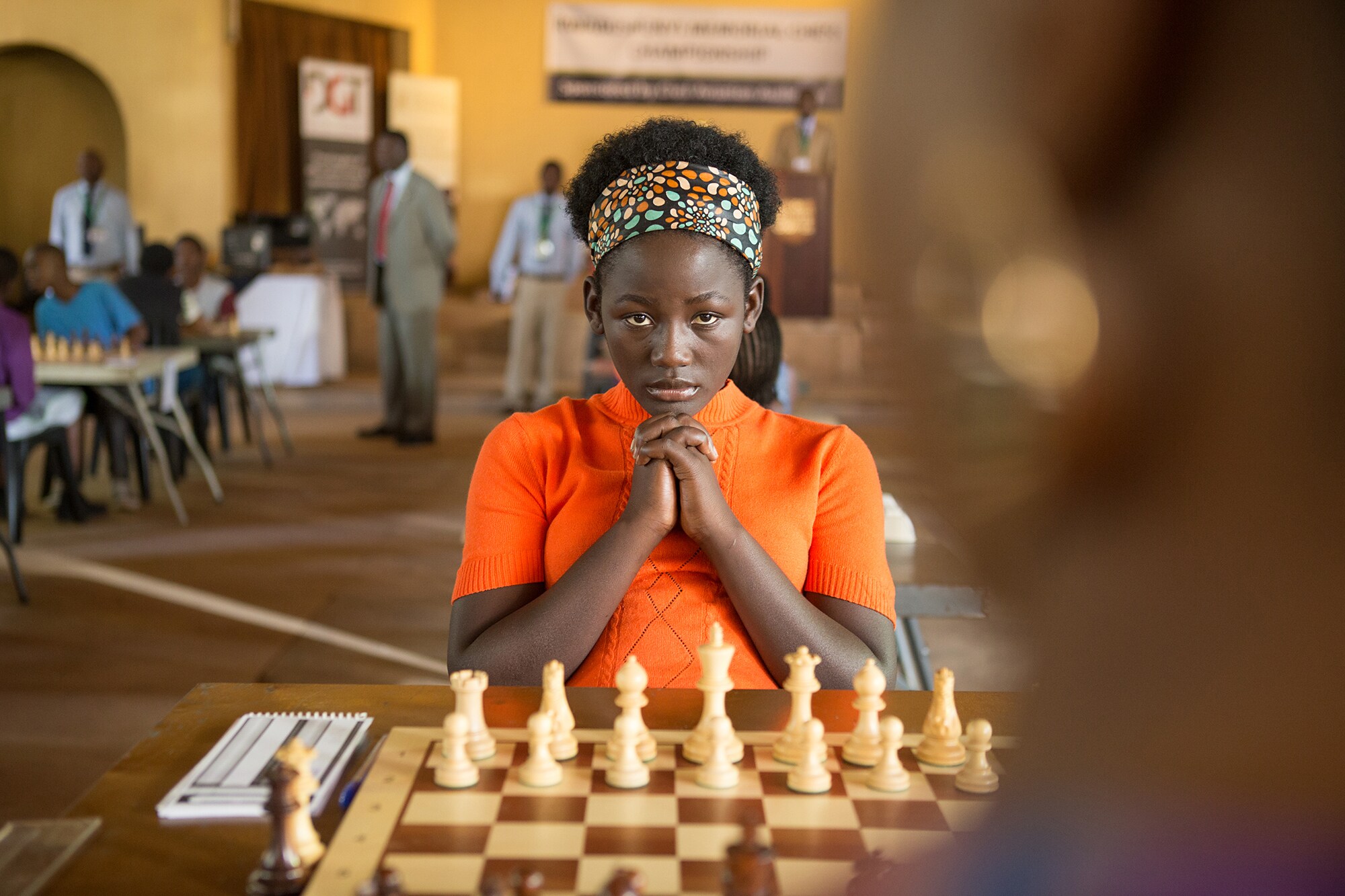
Case Study 3: “Timbuktu” (2014)
“Timbuktu,” directed by Abderrahmane Sissako, is a powerful drama that explores the impact of religious extremism on a small community in Mali. The film’s visual style is heavily influenced by the artistic traditions of the region, particularly in its use of color, texture, and symbolism.
The film’s cinematography captures the natural beauty of the Malian landscape, with its rich earth tones and vast, open spaces. The art direction and set design also incorporate elements of traditional Malian architecture and art, such as the distinctive mud-brick structures and the intricate geometric patterns found in Islamic Art. By grounding its visual style in the artistic traditions of the region, “Timbuktu” creates a compelling and immersive cinematic experience that sheds light on the cultural heritage of Mali.
Case Study 4: “Moolaadé” (2004)
Directed by Ousmane Sembène, “Moolaadé” is a powerful film that tackles the controversial issue of female genital mutilation in a small African village. The film’s visual style is influenced by West African Art, particularly in its use of color, pattern, and symbolism.
Throughout the film, the characters are adorned with traditional West African clothing and textiles, featuring vibrant colors and intricate patterns. The set design also incorporates elements of traditional West African architecture, such as the thatched-roof huts and the distinctive mud-brick structures. In addition, the film uses the visual motif of the “moolaadé,” a colorful piece of fabric that serves as a symbol of protection and sanctuary.
By incorporating elements of African Art into its visual style, “Moolaadé” not only creates an authentic representation of West African culture but also uses art as a powerful storytelling tool to engage with challenging social issues.
In conclusion, the intersection of African Art and the film industry is a powerful cultural force that has the potential to shape the future of the continent. By incorporating African Art into their visual and narrative elements, filmmakers can reinforce cultural pride and identity, while simultaneously encouraging cross-cultural understanding and appreciation.
As African Art and the film industry continue to evolve, there is immense potential for growth and collaboration. Technological advancements and global partnerships offer exciting opportunities for innovative artistic expression and the promotion of African Art and cinema on the world stage.
Ultimately, the lasting impact of the intersection of African Art and the film industry lies in its ability to inspire cultural exchange and influence on a global scale. By embracing the unique artistic heritage of the continent and showcasing it through the medium of film, African artists and filmmakers can play a pivotal role in shaping the future of African Art, cinema, and culture.


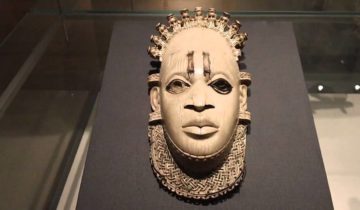
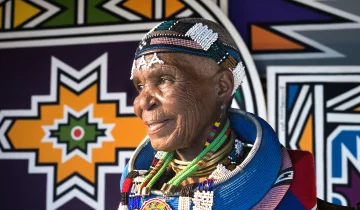
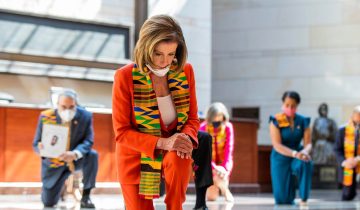
 No products in the basket.
No products in the basket.